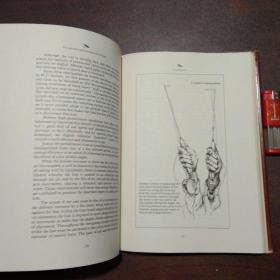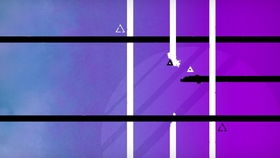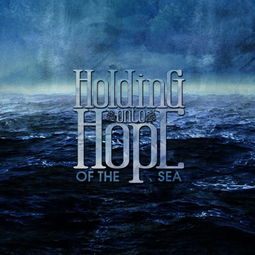Content:
Fishing is an ancient pastime that has been cherished by anglers across the globe for centuries. One of the most crucial aspects of fishing is knowing how to properly bait your hook. The right bait can make the difference between a successful day on the water and a frustrating one. In this article, we will delve into the art of baiting and provide you with ultimate tips on how to choose and use the best bait for your fishing adventure.
Understanding the Fish
Before you can effectively bait your hook, it's essential to understand the fish you're targeting. Different species have varying preferences when it comes to food, and this knowledge will help you select the most suitable bait. Here are some general guidelines for popular fish species:
Bass: Bass are opportunistic feeders and can be caught on a variety of baits. Live bait like worms, crickets, and minnows are often effective, as are artificial lures like jigs and soft plastics.
Trout: Trout are more selective feeders and typically prefer natural baits. Live bait such as worms, nymphs, and leeches can be highly effective. Artificial flies and lures that mimic these natural foods also work well.
Carp: Carp are bottom feeders and are attracted to a variety of baits, including bread, corn, and boilies. Live bait like maggots and worms can also be successful.
Catfish: Catfish are nocturnal feeders and are attracted to a range of baits, including cut bait (like fish or chicken), stink bait, and live bait like shad or goldfish.
Choosing the Right Bait
Once you've identified the fish you're targeting, the next step is to choose the right bait. Here are some tips to help you make the best choice:
Natural vs. Artificial: Natural baits are often more appealing to fish, but they can be more challenging to keep fresh. Artificial baits can be more durable and versatile, but they may not always mimic natural prey as effectively.
Local Flavors: Fish are more likely to bite on baits that are available in their natural habitat. For example, if you're fishing in a lake with an abundance of shad, using shad as bait can be highly effective.
Seasonal Preferences: Fish have different feeding patterns throughout the year. In the spring, they may be more interested in live bait, while in the summer, they might prefer more durable artificial lures.

How to Bait Your Hook
Once you've selected your bait, it's time to attach it to your hook. Here are some tips to ensure you're doing it correctly:
Live Bait: If you're using live bait like worms or minnows, thread the hook through the bait in a way that allows it to move naturally. For example, with a worm, you can hook it through the middle or near the head to keep it wriggling.
Artificial Lures: When using artificial lures, make sure they are properly rigged. Soft plastics, like worms and grubs, can be threaded onto the hook, while hard baits like jigs may require a special rigging technique to ensure they swim naturally.
Cut Bait: For cut bait, make sure to create a clean cut to prevent the bait from falling off the hook. You can use a sharp hook and cut the bait into small, bite-sized pieces.
Tips for Success
Experiment with Different Baits: Don't be afraid to try different baits and techniques. Sometimes, the fish may be more interested in a particular type of bait on a given day.
Adjust Your Bait Presentation: Pay attention to how the fish are reacting to your bait. If they're not biting, try changing the speed, depth, or retrieve of your lure.
Keep Your Bait Fresh: Ensure your bait is as fresh as possible. This is especially important for live bait, as stale bait can deter fish.
Use the Right Gear: Choose the right rod, reel, and line for the type of fishing you're doing. The right equipment can make a significant difference in your success rate.
In conclusion, mastering the art of baiting is a crucial skill for any angler. By understanding the fish you're targeting, choosing the right bait, and properly rigging it on your hook, you'll be well on your way to a successful fishing trip. Remember to experiment, stay patient, and enjoy the process of learning and improving your fishing skills. Happy fishing!












